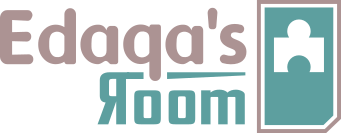
Recognizing that two items work together in a puzzle
Association is one of the key skills and puzzle mechanics in escape games. Given an environment filled with objects the player must determine which items work together, such as knowing a key is for a lock, or that two pictures are part of a whole.
In terms of puzzle phases, assoction comes after searching, but they the border is fuzzy. Often you need to know what you're looking for before you can find it. For example, in a room filled with toys, you will only know chess pieces are important once you find a chess board puzzle.
All puzzle pieces have qualities that can link the pieces together. Here are some common examples.
Those examples all link the objects directly, but there are different manners in which qualities can be associated:
These three manners are listed roughly in the order of difficulty. A player will have the easiest time associated items sharing direct qualities, and the hardest time associating contradictory qualities.
The impact, or subtlety of the quality magnifies the difficulty. Two birds that shared a red tinge are harder to associate than two bright red balls. An average player can distinguish between octaves on a keyboard better than semitones.
If you have any questions, need an example, or want clarification, then let me know. Ask on Discord or Twitter.
Assume everything in this reference is a working draft, there's prone to be some mistakes and inconsistencies. I figure it's best to publish and get feedback rather than write for years in secret. The terms will change, the structure will shift, and the bugs will be chased out. It'll take a while.